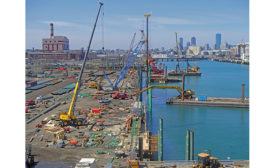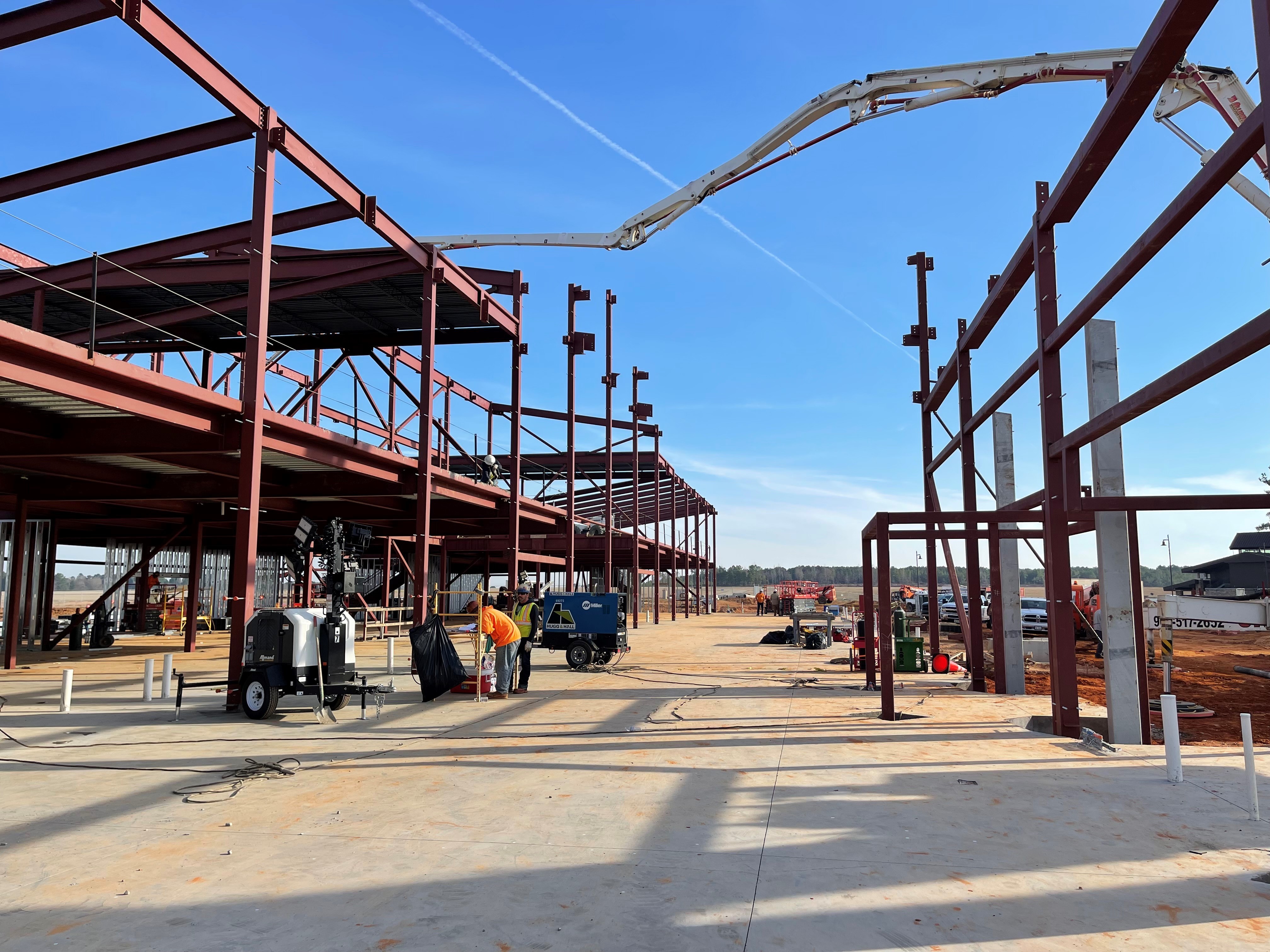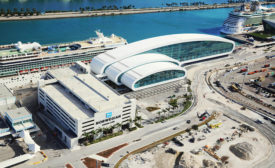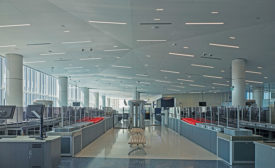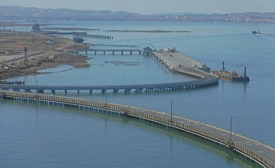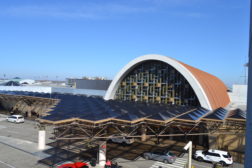Home » Keywords: » terminal
Items Tagged with 'terminal'
ARTICLES
Best Projects
Airport/Transit Award of Merit: South Security Checkpoint at HJAIA
October 29, 2021
Best Projects
Southwest Airlines Terminal 1.5 Development Program at Los Angeles International Airport
September 29, 2021
Best Projects
Replace/Upgrade Pier 2 at Military Ocean Terminal Concord (MOTCO)
September 29, 2021
The latest news and information
#1 Source for Construction News, Data, Rankings, Analysis, and Commentary
JOIN ENR UNLIMITEDCopyright ©2024. All Rights Reserved BNP Media.
Design, CMS, Hosting & Web Development :: ePublishing
